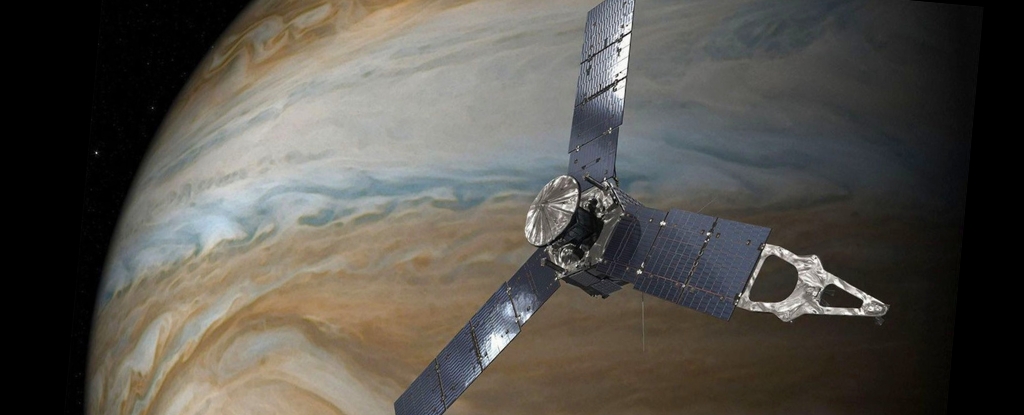Astronomers have identified a potential opportunity for NASA’s Juno probe to intercept 3I/ATLAS, a newly discovered interstellar comet, as it approaches Jupiter on March 16, 2026. This comet, which was detected on July 1, 2025, is the third interstellar object (ISO) observed in our Solar System, following the discovery of ‘Oumuamua in 2017 and 2I/Borisov in 2019. The mission proposal, led by Professor Abraham Loeb of Harvard University, suggests that Juno could provide vital insights into these enigmatic celestial visitors.
Opportunity for Exploration
The arrival of 3I/ATLAS has sparked significant scientific interest, prompting discussions about potential missions to study ISOs up close. In a recent paper, Loeb and his colleagues, Adam Hibberd and Adam Crowl, propose that Juno, which has been orbiting Jupiter since 2016, could be repositioned to intercept the comet as it makes its closest approach to the gas giant. This maneuver would allow scientists to gather valuable data about the comet’s composition and origin without the need for a new spacecraft launch.
According to their analysis, the Juno probe can be adjusted to intercept 3I/ATLAS by applying a thrust of 2.675 kilometers per second on September 14, 2025. This adjustment would enable Juno to alter its current orbit around Jupiter and set it on a trajectory to meet the comet at a distance of approximately 53.6 million kilometers (about 33.25 million miles) from the planet.
Scientific Implications
Successful interception of 3I/ATLAS would provide researchers with a unique opportunity to study an ISO in detail. The data collected from Juno’s instruments, including its near-infrared spectrometer and magnetometer, could reveal crucial information about the conditions in other star systems. This is particularly valuable as scientists seek to understand the formation processes of celestial bodies.
The significance of 3I/ATLAS extends beyond its scientific allure. The researchers highlight the intriguing hypothesis that the comet might be an artificial object, possibly a derelict spacecraft. Loeb noted the importance of exploring this idea, stating, “The consequences, should the hypothesis turn out to be correct, could potentially be dire for humanity.” While recent observations from the Hubble Space Telescope suggest that the comet may be smaller than initially thought, the potential for groundbreaking discoveries remains.
Both Hibberd and Crowl have extensive backgrounds in interstellar studies and have previously worked on missions aimed at exploring ISOs. The team utilized advanced trajectory software to determine the optimal flight path for Juno, reinforcing the feasibility of this ambitious plan.
The prospect of Juno’s extended mission is contingent upon the successful execution of the intercept maneuver, which could rejuvenate the probe’s scientific lifespan beyond its planned termination date on March 14, 2026. This endeavor not only represents a significant milestone for space exploration but could also lead to answers about the origins and nature of interstellar objects that traverse our Solar System.
Ultimately, the ongoing study of 3I/ATLAS underscores the importance of flexibility in space missions. As Loeb and his colleagues emphasize, the close encounter of this comet with Jupiter presents a rare opportunity to leverage existing technology and spacecraft for groundbreaking scientific research. Regardless of the comet’s true nature, the data collected during this mission has the potential to reshape our understanding of the cosmos.





























































